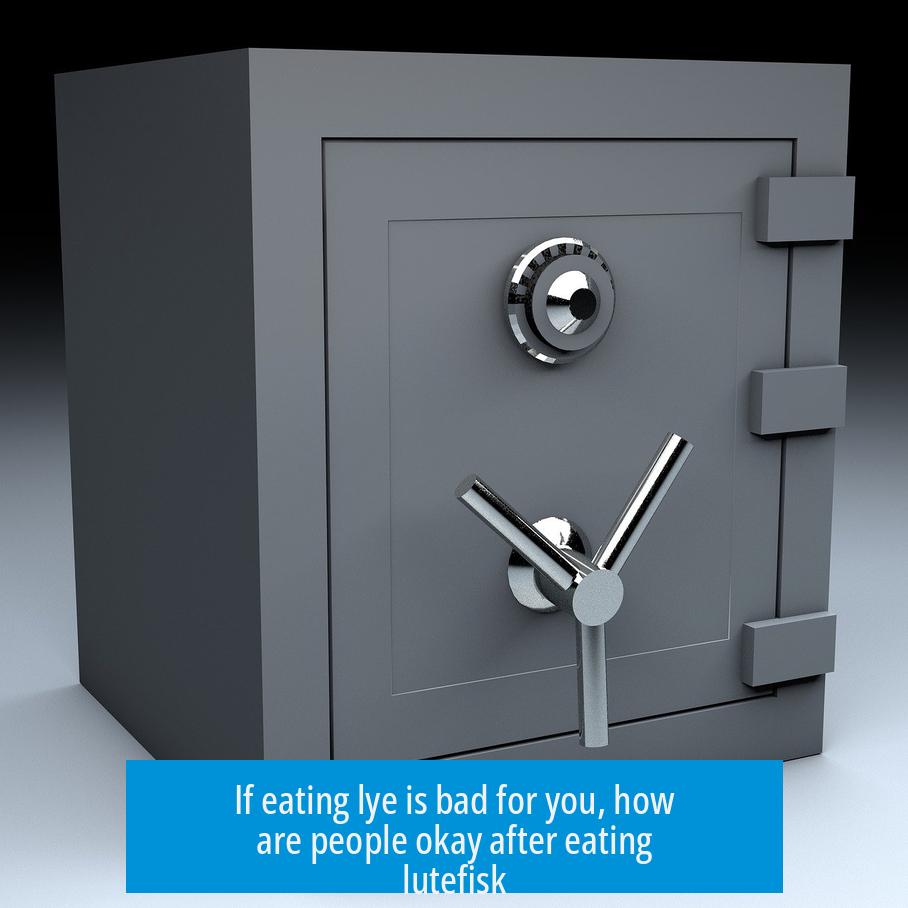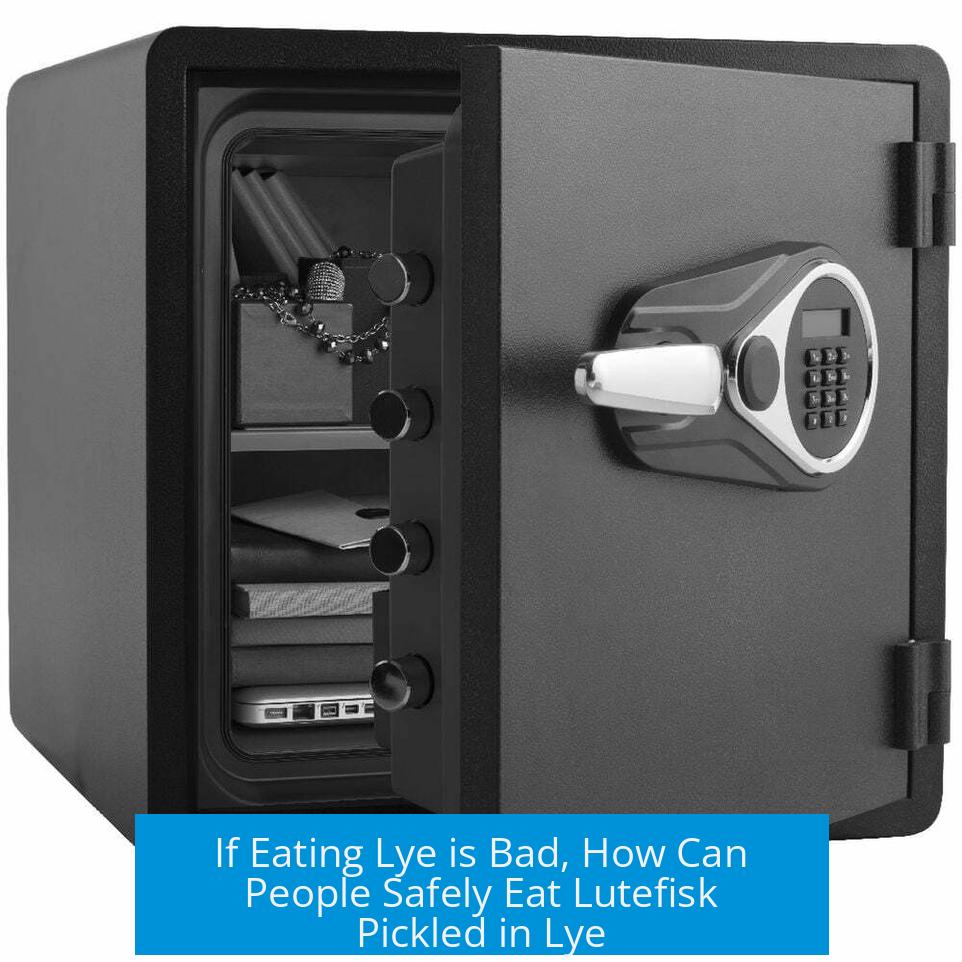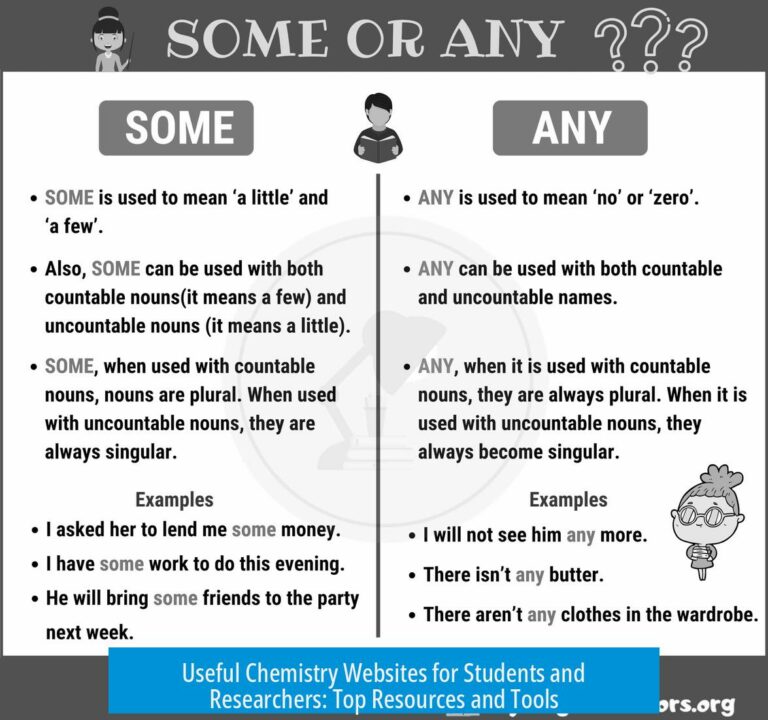If eating lye is bad for you, how are people okay after eating lutefisk?

People are safe eating lutefisk because the harmful lye used in its preservation is thoroughly removed before consumption. The fish undergoes a detailed process that neutralizes and eliminates the lye, making it edible without dangerous effects.
Role of Lye in Lutefisk Preparation
Lye, a strong alkaline substance, is used to preserve lutefisk by conditioning the fish for long-term storage. The fish is soaked in lye, which breaks down proteins and extends shelf-life. This step, however, makes the fish inedible at this stage due to the caustic nature of lye.
Removal of Lye by Rinsing and Soaking
The key to safe consumption lies in the multi-day rinsing process. After pickling, the lutefisk soaks in cold water for four to six days. This water is changed daily, allowing the lye to leach out progressively.
- Initial treatment: Fish immersed in lye solution.
- Extensive soaking: Four to six days in fresh water.
- Daily water changes remove lye residue.
This thorough washing reduces the lye concentration to non-toxic levels. The fish is then ready for cooking and consumption.
Toxicity and Chemical Nature of Lye
Lye is not poisonous in a traditional sense; it acts as a strong base that can cause harm through chemical burns or pH imbalance alone. The danger arises only if undiluted lye contacts body tissue or is ingested in significant amounts. When the soaking steps are properly followed, the lutefisk contains no residual lye to cause damage.
Culinary and Cultural Context
After preparing lutefisk by rinsing and cooking, the dish becomes palatable and safe. Despite initial concerns, many people enjoy its texture and flavor, especially in Scandinavian traditions. The phrase “the dose makes the poison” applies, as the controlled process ensures no harmful lye remains.
| Step | Purpose | Effect |
|---|---|---|
| Pickling in Lye | Preserve fish | Breaks down proteins, not edible |
| Soaking in Water | Remove lye | Eliminates harmful residue |
| Cooking | Prepare for eating | Enhances flavor and safety |
Summary of Key Points
- Lutefisk uses lye only as a preservative, not as food.
- Extensive soaking in water removes hazardous lye residues.
- Lye is a strong base but not a poison in small or neutralized amounts.
- Proper preparation ensures the fish is safe and edible.
- Cultural acceptance grows from safe and traditional cooking methods.





Leave a Comment